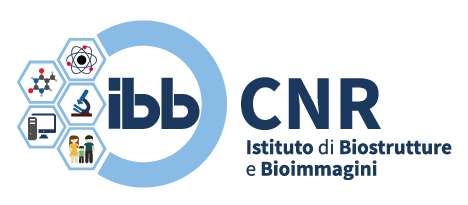Description
Advancing towards an innovative moment in RNA-based therapeutics, the strength of the project lies in the various disciplines involved in bringing pharmaceutical products to the marketplace. With researchers focused on unveiling early lead drug candidates for the preclinical proof of concept before engaging in the implementation of clinical trials, to those occupying the engineering of drug delivery platforms, the comprehensive approach to the project extends to building the technological tools needed to manufacture final products.
Guided by science and powered by technology, drug treatments for rare genetic diseases begin with the refinement of promising drug candidates. Applying these candidates to cutting-edge applications such as Artificial Intelligence (AI) and Machine Learning (ML) through state-of-the-art computing and storage solutions will provide production-ready and interoperable software tools.
Covering five major areas of human disease, the project concentrates on genetic diseases, cancer, metabolic and cardiovascular diseases, neurodegeneration, and inflammatory and infectious disorders. Translating their scientific findings into tangible products, the project focuses on drug development through Biocomputing, RNA/DNA delivery platforms, pre-clinical development, and regulatory experts that design scalable protocols for industrial production.
The ultimate goal of the Center and the community it fosters is to address fundamental science questions and therapeutic applications for the translation of market-ready products. To do so, the Center promotes research & development and the manufacturing of medicines supported by state-of-the-art infrastructures (Gene Therapy Center , RNA Production Platform) and the advancement of a highly trained workforce (PharmaTech Academy, National PhD).
Objectives and expected results
Nanovettori utilizzati per la somministrazione di farmaci a RNA mirati a target specifici: questo progetto mira a sviluppare metodi adatti per tracciare, controllare e, ove necessario, migliorare la somministrazione di RNA e farmaci mirati a RNA nei diversi compartimenti cellulari.
In particolare, combinando approcci sperimentali e computazionali, verranno sviluppati e testati diversi nanovettori “intelligenti” con capacità di trasportare RNA, anche marcato con sonde fluorescenti, su target specifici. I nanovettori saranno equipaggiati con anticorpi o altri motivi di riconoscimento target specifici. Il legame ai target cellulari verrà monitorato utilizzando tecniche di imaging avanzate.
Project proponents and involved entities
Project leader
Dr. Roberto Improta, Task 6.2.2. leader;
Spoke 6 Steering Committee member

